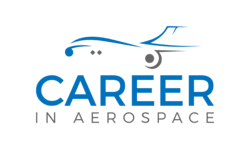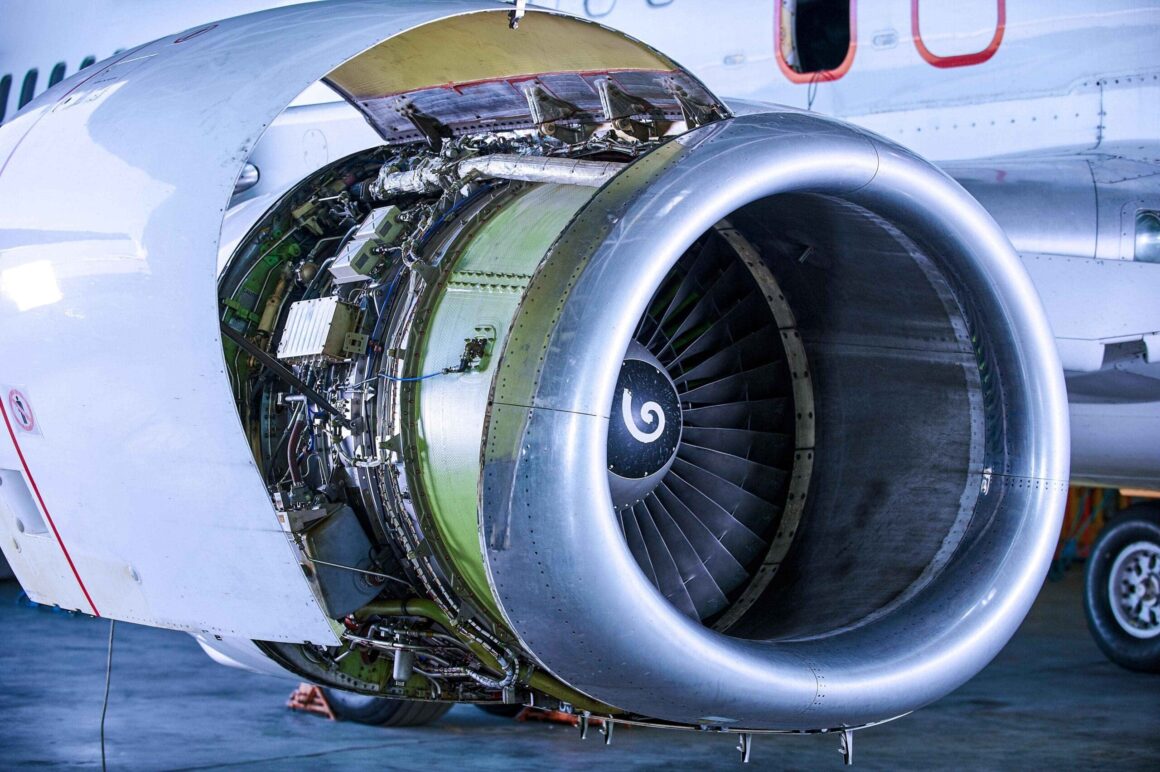Structures Technician – Common Modifications – A Guide to Aircraft Structures
Aircraft structure technicians are skilled professionals who have the responsibility of maintaining, repairing, and modifying various components of aircraft. This includes tasks such as working on the fuselage wings, landing gear and control surfaces. These technicians possess a knowledge of aircraft structures and systems while also being proficient in handling diverse materials and tools.
Some common examples of modifications that aircraft structure technicians often undertake include:
- Installation of winglets: Winglets are extensions curved upwards at the wingtips which help enhance fuel efficiency by reducing drag. Aircraft structure technicians are frequently involved in the installation process for existing aircraft.
- Conversion of cargo doors: Certain aircraft can be converted from passenger to cargo use. This conversion may require fitting a cargo door or modifying the existing one. Aircraft structure technicians often play a role in these types of modifications.
- Interior enhancements: The interior layout of an aircraft can be customized according to the specific requirements of its owner or operator. This could involve installing seats galleys, lavatories and more. Aircraft structure technicians regularly participate in these modification projects.
- Avionics upgrades: The avionics system encompasses the equipment used for controlling and navigating an aircraft. Aircraft structures technicians often provide assistance with the mounting and supporting structures required to install new avionics equipment.
- Engine replacements: Some aircraft can be adapted to use engines. This might require adjustments to the engine mounts or cowling. Aircraft structures technicians frequently play a part in modifications.
These are a few instances of the various types of modifications performed by aircraft structures technicians. They have a role in ensuring the safety and airworthiness of aircraft.
Apart from the mentioned examples aircraft structures technicians may also be involved in:
- Conducting repairs: This could entail patching holes replacing damaged surfaces or fixing cracks.
- Inspecting aircraft structures: The purpose is to identify any issues that might impact the safety of the aircraft.
- Maintaining aviation records: This is vital for keeping track of any modifications made to the aircraft throughout its history.
If you have an interest in pursuing a career as an aircraft structures technician there are steps you can take to prepare yourself. First and foremost, completing a training program is necessary. Numerous accredited schools, for aspiring aircraft structures technicians can be found both in the United States and worldwide. After finishing your training you’ll need to search for a job with an employer who’s interested, in hiring you. Many airlines, aircraft manufacturers and maintenance companies are known to employ aircraft structures technicians. This is where we here at Career in Aerospace can help! Contact us today to discuss your next job. With the training and experience you can build a prosperous career as an aircraft structures technician. It’s a yet fulfilling profession that provides substantial job stability.


